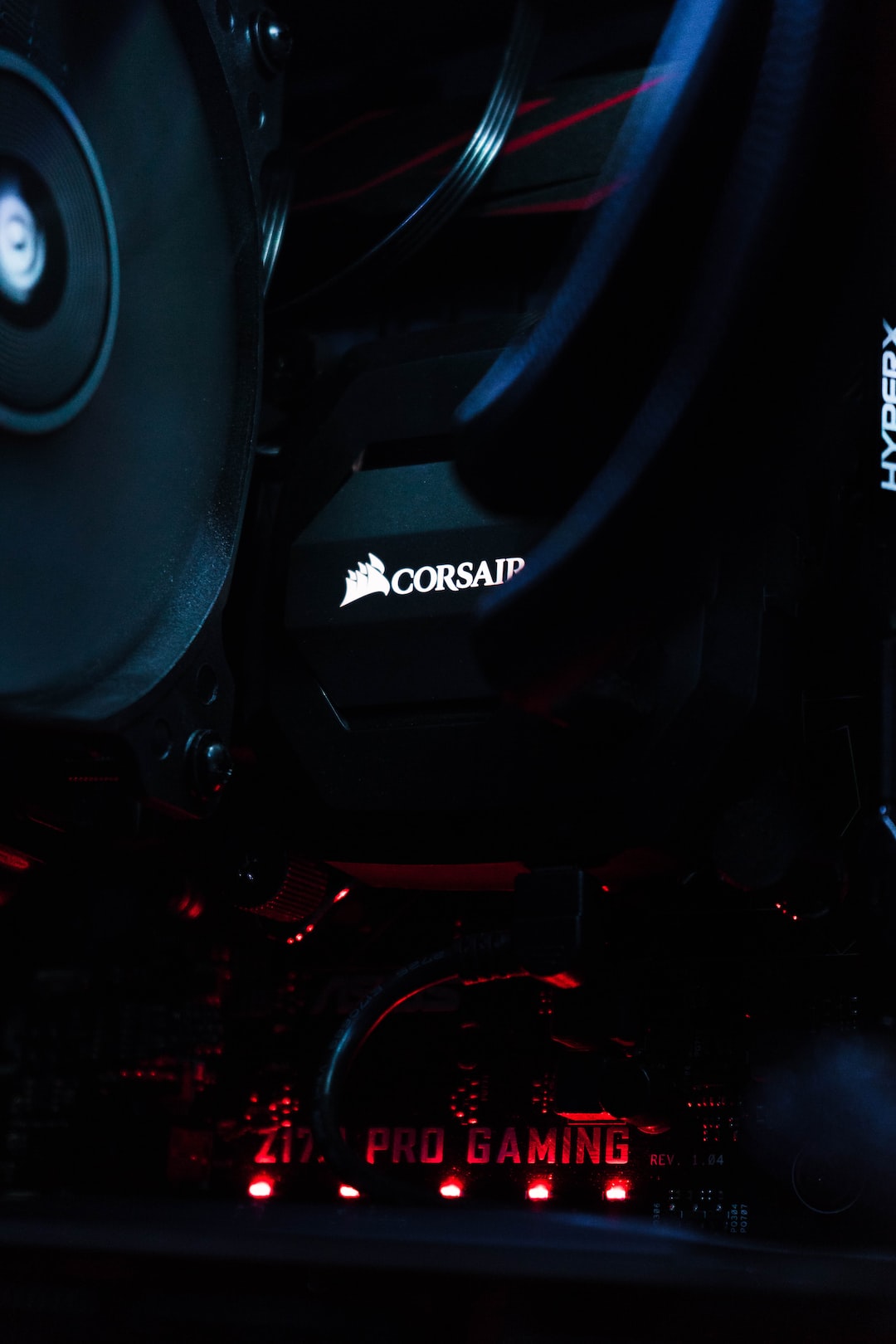From Pong to Fortnite: The Evolution of Competitive Gaming
Competitive gaming has come a long way since its humble beginnings in the 1970s with the release of Pong. What was once a niche hobby has transformed into a global phenomenon, captivating millions of players and spectators around the world. With the rise of technology, improved graphics, and the internet, the world of competitive gaming has undergone a remarkable evolution.
Pong, released by Atari in 1972, is widely considered one of the first mainstream video games. It was a simple tennis-like game that captured the attention of gamers worldwide. The success of Pong paved the way for other arcade games and sparked the competitive spirit among players. With limited graphics and gameplay, Pong may seem archaic by today’s standards. However, its impact on the gaming industry cannot be underestimated.
The transition from arcade gaming to home consoles in the 1980s brought about a new era of competitive gaming. Games like Super Mario Bros. and Pac-Man became household names and fueled the desire for friendly competition among friends and family. While competitive gaming was still relatively localized at this point, the seeds of a larger competitive scene were being sown.
The 1990s saw the emergence of competitive gaming communities with the rise of fighting games like Street Fighter II and Mortal Kombat. These games were played in arcades and brought players together to showcase their skills in intense head-to-head battles. Street Fighter II tournaments became popular and laid the foundation for the competitive gaming scene we see today.
The turn of the millennium marked a crucial turning point for competitive gaming. The introduction of online gaming allowed players to compete with opponents from around the world and laid the groundwork for esports as we know it today. Games like Quake III Arena and Counter-Strike gained a massive following, with players honing their skills to compete at the highest level. Online gaming platforms provided a new level of accessibility and enabled gamers to connect and compete globally.
The 2000s also witnessed the birth of professional gaming leagues and tournaments. The Cyberathlete Professional League (CPL), Major League Gaming (MLG), and the Electronic Sports League (ESL) began organizing structured events and offering substantial cash prizes to the best players. These leagues elevated competitive gaming to a new level of professionalism and turned professional gamers into legitimate athletes.
The rise of multiplayer online battle arena (MOBA) games in the mid-2000s ushered in a new era of competitive gaming. Games like Dota 2 and League of Legends became global phenomena, attracting millions of players and creating vast esports communities. These games required teamwork, strategy, and impeccable coordination, adding a new layer of complexity to competitive gaming.
The recent explosion of battle royale games, led by Fortnite, has taken the world by storm. Fortnite’s colorful aesthetics, fast-paced gameplay, and massive player base have made it a favorite among gamers and spectators alike. Its popularity has resulted in massive prize pools and a dedicated competitive scene, with players battling it out for fame and fortune. Fortnite’s success has cemented its place in the evolution of competitive gaming and has introduced a new generation to the world of esports.
As we look towards the future, the evolution of competitive gaming shows no signs of slowing down. Virtual reality (VR) and augmented reality (AR) technologies are already making their mark on the gaming industry, and it’s only a matter of time before they become integrated into the competitive gaming landscape. The continued advancement of technology will undoubtedly lead to more immersive gaming experiences, further blurring the lines between the virtual and real worlds.
From humble beginnings with Pong to the worldwide phenomenon of Fortnite, competitive gaming has evolved dramatically over the years. What was once considered a niche hobby has transformed into a thriving industry, attracting millions of players and spectators. The future of competitive gaming holds limitless possibilities, and it’s an exciting time to be a part of this rapidly evolving world.
